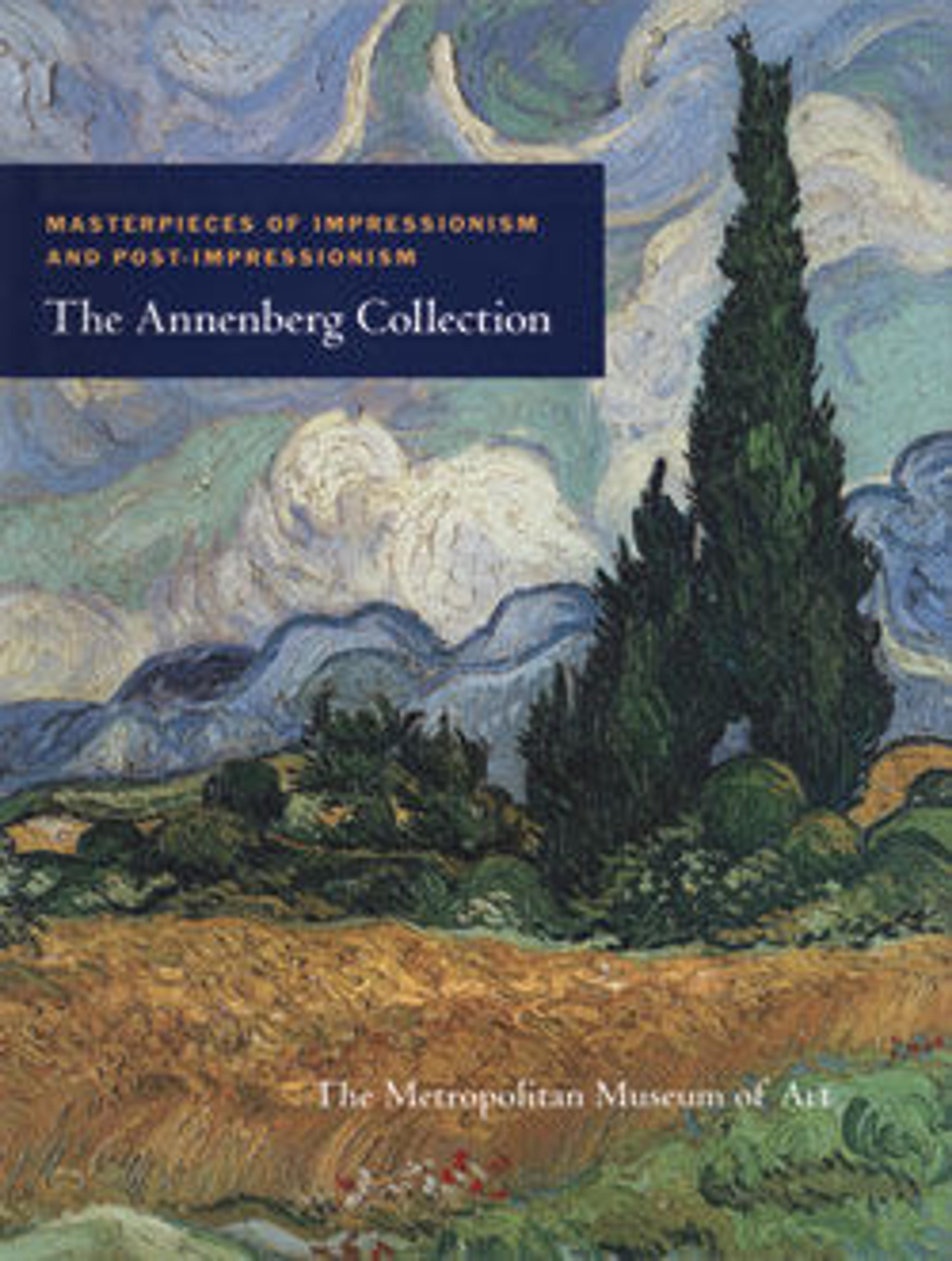Dish of Apples
This rich and dense still life, featuring a napkin shaped like Mont Sainte-Victoire, was painted about 1876–77 in the house of Cézanne's father in Aix. The decorative screen visible in the background was long thought to have been made by the artist in his youth.
Artwork Details
- Title:Dish of Apples
- Artist:Paul Cézanne (French, Aix-en-Provence 1839–1906 Aix-en-Provence)
- Date:ca. 1876–77
- Medium:Oil on canvas
- Dimensions:18 1/8 x 21 3/4 in. (46 x 55.2 cm)
- Classification:Paintings
- Credit Line:The Walter H. and Leonore Annenberg Collection, Gift of Walter H. and Leonore Annenberg, 1997, Bequest of Walter H. Annenberg, 2002
- Object Number:1997.60.1
- Curatorial Department: European Paintings
More Artwork
Research Resources
The Met provides unparalleled resources for research and welcomes an international community of students and scholars. The Met's Open Access API is where creators and researchers can connect to the The Met collection. Open Access data and public domain images are available for unrestricted commercial and noncommercial use without permission or fee.
To request images under copyright and other restrictions, please use this Image Request form.
Feedback
We continue to research and examine historical and cultural context for objects in The Met collection. If you have comments or questions about this object record, please contact us using the form below. The Museum looks forward to receiving your comments.
